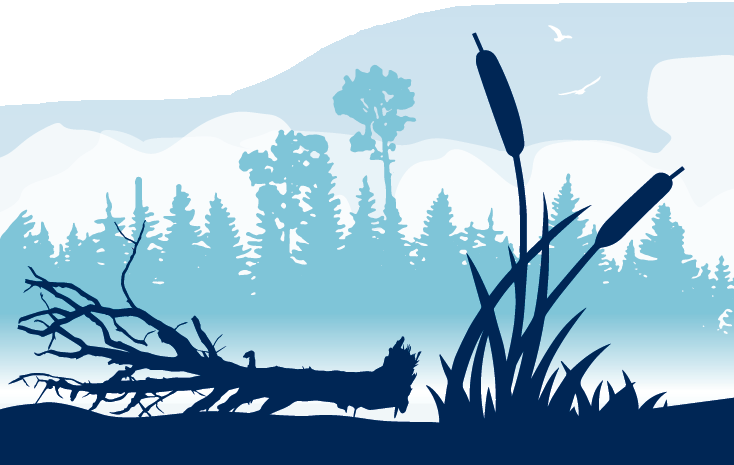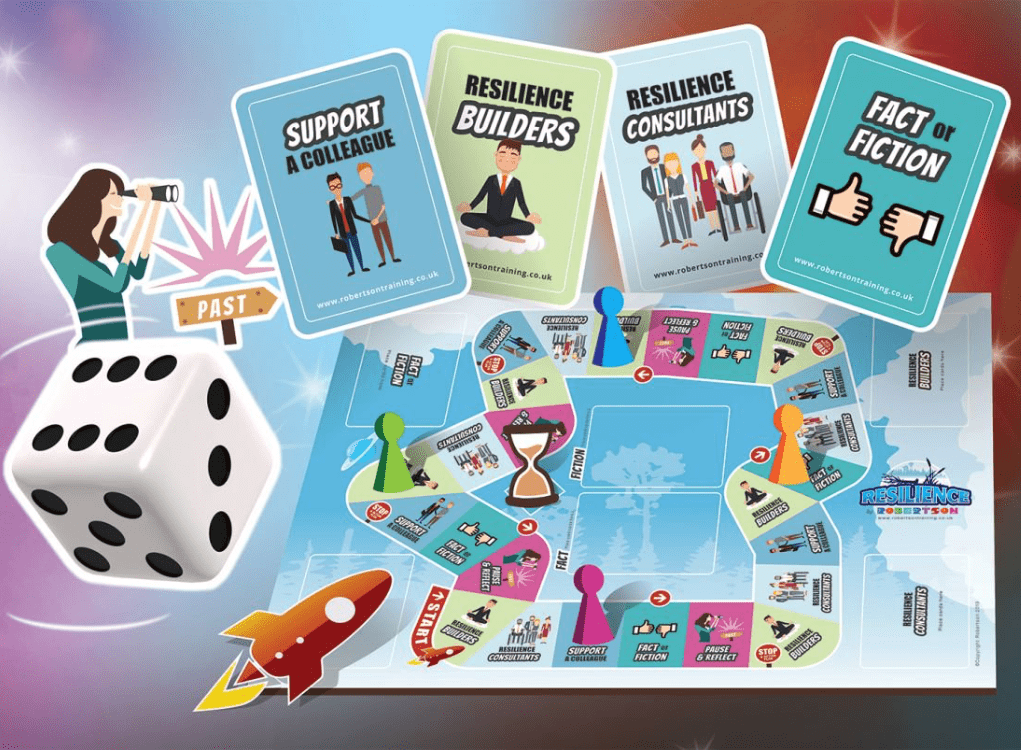Resilience tips: Wallow, silver linings and muscles


Derek Robertson, CEO
(Chartered FCIPD, MCMI, MInstLM, NLP Practitioner and Coach)
Author of The Great Cape Escapade (A fable about effective meetings)
3 min read
Introduction
People’s resilience is a hot topic. It’s come to the boil during COVID and is often now talked about as a core skill. Organisations want to support their people by improving their resilience capability. From our research, companies want a fast and effective way to do it.
I’d like to share three straightforward resilience builders. They’re easily recognisable and understood. Quick wins for you and for you to pay-forward.
Resilience in essence
Resilient people are like the reeds in Aesop’s fable. When the giant gale subsided, the reeds bounced back whereas the mighty oak tree got up ended. The tree’s rigidity was its downfall and the reed’s flexibility its quality.
Three tips to share

Tip #1 Hippo time
Paul McGee1 talks of hippo time. Hippos wallow in mud (they do lots of other stuff too). After a setback it’s ok to wallow for a while. For me it’s getting lost in an epic movie like Gladiator or Gettysburg.
Action: Encourage your people engage in Hippo time. Have them share what they do and make it ok to do it.

Tip #2 Silver lining gene
Dr Barbara Fredrickson2, describes resilient people by their ability to experience positive and negative emotions. Less resilient people only experience negative emotions in the face of difficulties.
Action: Have your people share a silver lining in a difficult circumstance they have at the moment. Make it part of future conversations to see a silver lining.

Tip #3 Your gratitude muscle
Practising gratitude is one of the fundamental skills to building resilience3. There are many ways to do it. They range from thanking people to writing a daily list of 10 things you are grateful for. The results are improved sleep quality and increased resilience.
Action: help people share what they’re most grateful for? Ask them how they can build their gratitude muscle?
Resilience is ultimately a feeling
Which are you more likely to hear, “I feel more resilient now” or “I’m more skilled in resilience”. This is why I favour team members helping one another build resilience. With these super-simple tips you can do that.
Do it. Do it now
I know you want to support your people. You know it’s in everyone’s interest to build their resilience. These three tips that work help. Look out for our other blogs with more ideas for you.
And you have our proven Resilience game as an option. Check it out.


